CLASSIC VAN 2 SET TO BE A CLASSIC
The first MaxiTRANS MaxiCUBE Classic Van 2 trailers to hit New Zealand roads are impressing M&R Transport owner Reagan White. Reagan and his wife Marie started M&R Transport in Taupo 20 years ago, doing Restaurant Brands distribution with Barber Logistics, continuing on for several years even when parts of the business changed hands numerous times. “That‘s consumed the past 20 years of our lives. We‘ve always just kept to ourselves, head down, bum up. We‘ve always tried to have reasonably good, well maintained, and clean gear, and to have the right sort of people working for us.
We‘re pretty lucky that we‘ve got some reasonably long-term guys.” Reagan says they now have a loyal team of drivers who go out of their way to make sure things are right and that the company provides the level of service that is expected. “We‘re very lucky to have the team that we‘ve got, because without them, we don‘t have a business. They‘re a very important part of the business and I‘ve always had the philosophy that I‘ll never get CLASSIC VAN 2 SET TO BE A our guys to do anything that I won‘t do myself.” M&R Transport‘s new trailers are contracted to Goodman Fielder and they have two units dedicated to this contract.
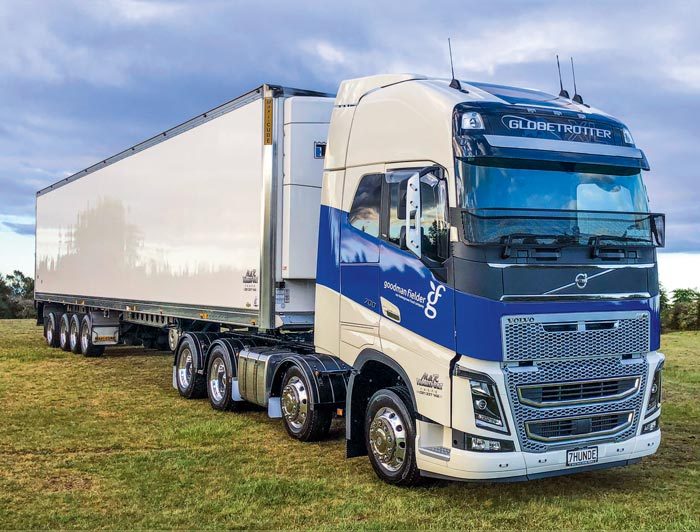
“It is a seven-day-a-week operation and you‘ve got to keep your finger on the pulse as we‘re running linehaul throughout the North Island.” M&R Transport has been based in Taupo from day one. Reagan says they did have a unit based in Palmerston North for a period of time with another contract, but found it reasonably tough going with remote staff and ended up moving away from that. “We had three units with MaxiCUBE bodies on when we started our last contract. We had them for five years and we had a good run out of them. When we were looking at getting these two new trailers, we did have a bit of a look around at other makes. I think that‘s a prudent business decision to do that.”
Reagan says the decision was an easy one to make after Mat Story, product manager (NZ) at MaxiTRANS, showed him a PowerPoint presentation that included the Australian research and development that had gone into the new trailers and the improved thermal efficiency gains they had. “We had two 9-axle truck and trailer units with MaxiCUBE bodies on them. We also had a MaxiCUBE quad as well too, which, if you compare apples with apples, the quad was the Classic Van 1 and the ones we‘ve got now are the Classic Van 2. The insulation is a lot thicker all over the trailer; it‘s had a full design change from the older trailers we have owned.” The new design front wall and cross members in the floor of the trailers reduce tare by more than 450kg and MaxiTRANS say it improves thermal efficiency by up to 13 percent.
“The roof is substantially thicker, and so is the thickness of the insulation in the rear doors, front wall and the floor,” says Reagan. “MaxiTRANS say it‘s increased thermal efficiency by up to 13%, but I‘d say it‘s possibly a little bit more than that. The reason I say that is we had our Classic Van 1 running alongside our Classic Van 2 for a week or so while the second one was being finished off. We were swapping at the yard one day, and it took a bit longer because we were catching up about a few things because it was the first week of operation on the new contract. We run our fridge units on Cycle Sentry – the unit will run until it reaches the correct temperature and then turn off, only turning on again when the temperature goes up three degrees, so you‘re not using as much diesel. We had the same volume and type of product on board so was a good opportunity to compare them both.
Our old unit cycled on twice and the new unit didn‘t even cycle on, so I believe there‘s quite a substantial difference there.” Despite the thicker insulation throughout the new trailers, Reagan says this has not affected the loading capacity. “They were built to the new regulations that came out a year or two back. We could go out to 2.55m wide so we can still get two pallets in side by side, so it‘s still a 30-deck unit, there‘s been no load sacrifice. Because they‘ve lifted the roof up to where the pod of the evaporator unit used to be, you‘ve probably got a little bit more room. We don‘t take any palletised product so for us there was no real gain, but for someone who does have racks I believe there would be a bit of gain there.”
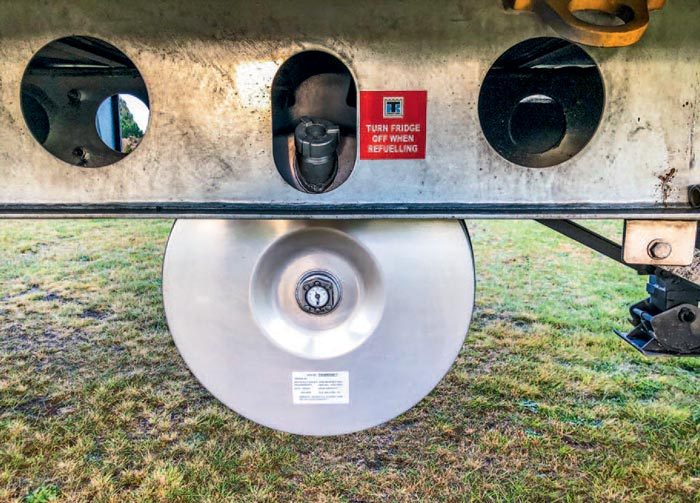
Reagan says the new trailers are proving to be substantially better than the older model. “The first one of the two new ones has already done nearly 200,000km, and pretty much hasn‘t missed a beat. The second one went on the road a week or two later and isn‘t too far behind in the kilometres we have done with the first one. We‘ve definitely done a few kilometress with them with trouble-free maintenance.” To go with the new trailers, M&R Transport is also putting two new 8×4 700hp Volvo tractor units on the road. “That will be nice for the boys as well too, to be going into a bit of a step up with our tractor units. “We‘ve currently got our old DAF, which is a 510hp unit, and a 500hp TR Group Volvo FM, a little FM. They have both been really reliable, but it‘ll certainly be nice going into those 700 Volvos with Globetrotter cabs.” Reagan says MaxiTRANS was quick to respond when M&R Transport found there was an issue with the location of the rear tail lights on the trailers potentially hitting some of the loading docks they use. “They fitted a surrounding protection frame around the lights connecting into the rear subframe of the light assembly, and that fixed the problem straight away. Little things like that we‘ve been operationally proactive with. I suppose it‘s just getting those little things right for the New Zealand side of things and making slight adjustments on the new model.”
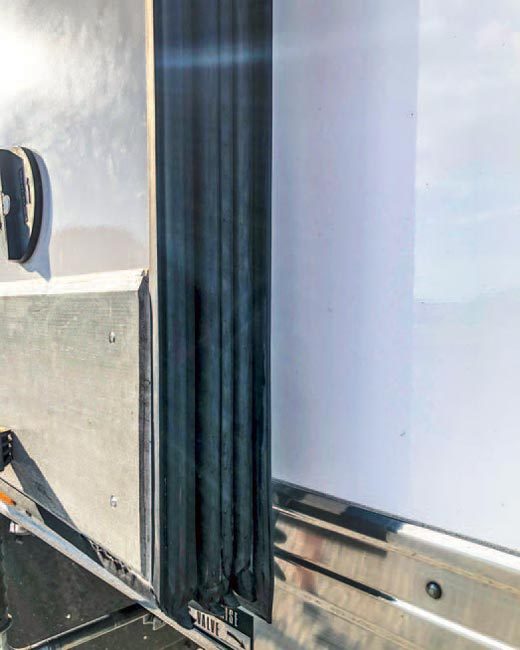
Photo: Thermal qualities mean less precious fuel is burnt to maintain temperature.
Reagan is impressed by features such as the fullwidth galvanised apron plate across the front section, which improves durability and is less likely to damage the outer corner rails. “So if you‘re backing in under the trailer on a bit of an angle, there‘s no risk of hooking the unit up into the cross members or corner posts. They‘ve actually made some reasonably substantial changes to this design. The big thing for us is the thermal efficiency, so we can make sure we‘re looking after our customers‘ freight as well as we can, and being as cost-effective as we possibly can be. Another thing we‘ve found a positive is the galvanised chassis. To keep them clean you run the water blaster over the chassis and they come up well, whereas with painted surfaces you generally have to scrub them quite hard. There is a whole host of other smaller things within these new trailers too that helped us make our mind up to proceed with the purchase.” Reagan says the rapid build time was one of the other things that convinced them to go with MaxiTRANS.
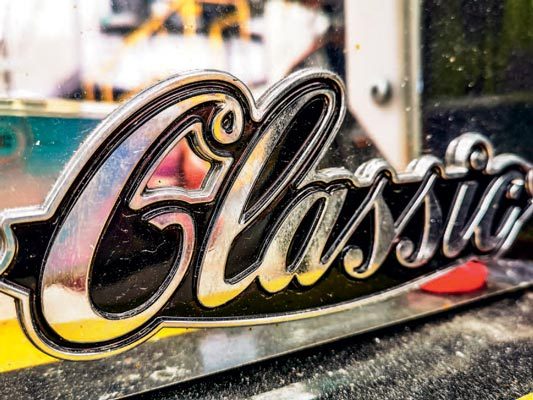 |
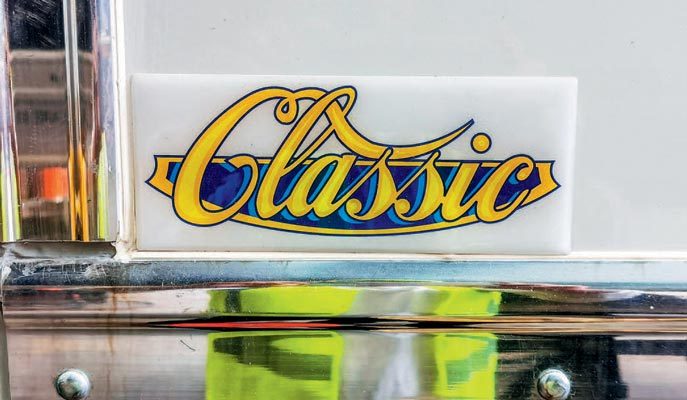 |
“They produced the first one in just a few weeks, and Easter was involved in it as well. I was impressed with how quickly they got the first one out, and the second one rolled off the line only about eight or 10 days later. It was definitely a quick scheduled turnaround, whereas with some of the other suppliers we were looking at more than a few months in lead times.” The MaxiCUBE Classic Van 2 was researched and designed in Australia, where significant testing was completed over a period of about two years. “They‘ve tested it in the many road conditions in Australia and in all sorts of different frozen applications and believe this all went well with this improved design. From what I‘ve been told, they‘ve definitely pushed it to the limit to see how well it would perform,” says Reagan. “When you look at the dust and different conditions that they run through from one side to the other side in Australia and also the changing temperatures they have to deal with, it‘s definitely tough going. If they can survive that, well, we‘re not going to have any problems here in the New Zealand market.”
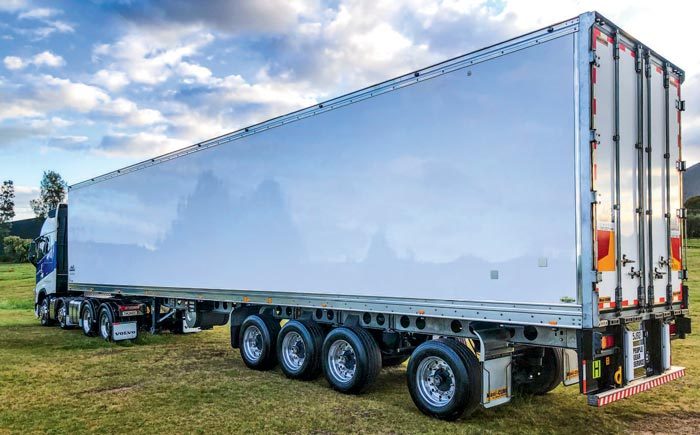
Photo: M&R Transport has two Classic Van 2 trailers in the fleet, the first now over 200,000km old. Insulation properties are significantly up on the Classic Van 1.





